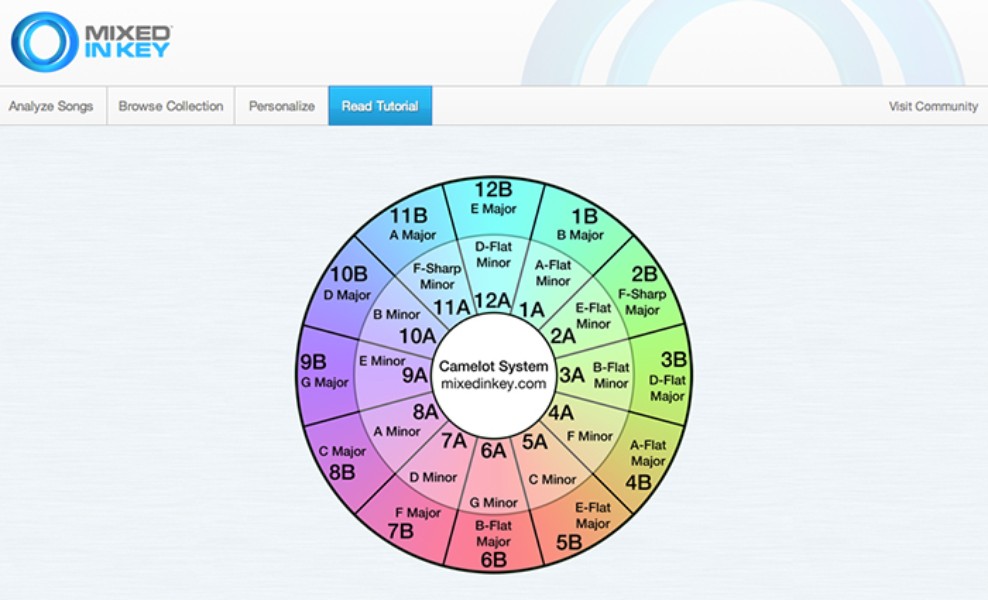
O6-methylguanine-DNA methyltransferase (MGMT) and drug efflux transporters such as multidrug resistance protein 1 (MDR1, also known as ATP-binding cassette (ABC)B1 or P glycoprotein) and ABCG2, are still independent risk factors for TMZ resistance. They relapsed within 6 months of TMZ standard treatment and had to start a second-line treatment with deficient standards, higher toxicity, and less benefit. Nonetheless, drug resistance developed in about half of the patients. It has completed oral absorption, depressed plasma protein binding, metabolism not affected by liver and kidney status, and easy penetration of the blood-brain barrier (BBB). DNA alkylating agent temozolomide (TMZ) is the first-line drug for GBM, used in conjunction with radiotherapy and further adjuvant therapy after maximal safe surgical resection. In the past 40 years, the treatment of GBM has not made significant progress, and the 5-year survival rate of patients has only increased from 4% to 7%. According to the latest statistics, the proportion was 54.4% among CNS tumor patients ≥20 years old, which rises with age. Glioblastoma (GBM) is the most frequent and most malignant (WHO IV) central nervous system (CNS) tumor. Ginsenosides Rg1 and CK controlled temozolomide resistance in glioblastoma cells by regulating cholesterol metabolism, which are potential synergists for temozolomide therapy. We further found that cholesterol efflux induction, lipid raft redistribution, and temozolomide sensitization by Rg1 and CK were induced by stimulating LXR α. Rg1 and CK also upregulated LXR α expression and increased the cytotoxicity of temozolomide in the presence of cholesterol. Ginsenosides Rb1, Rg1, Rg3, and CK reduced intracellular cholesterol and promoted cholesterol efflux in resistant cells, causing lipid rafts to accumulate in specific regions of the membrane. Resistant cells tended to store cholesterol intracellularly, with limited cholesterol efflux and LXR α expression to maintain the distribution of lipid rafts.

Cholesterol protected the survival of resistant U251 cells from temozolomide stress and upregulated multidrug resistance protein (MDR)1, which localizes in lipid rafts.

The roles of cholesterol and ginsenosides in temozolomide resistance were studied by CCK-8, flow cytometry, and Western blot, and the mechanism of ginsenosides attenuating resistance was confirmed by inhibitors. The effects of ginsenosides on cholesterol metabolism in temozolomide-resistant U251 glioblastoma cells were evaluated by cholesterol content and efflux assay, confocal laser, qRT-PCR, and Western blot. This study aimed to reveal the role of Rb1, Rg1, Rg3, and CK in the drug resistance of glioblastoma. Ginsenosides are demonstrated to modify cholesterol metabolism and lipid raft distribution, and the brain distribution and central nervous effects of whose isoforms Rb1, Rg1, Rg3, and CK have been identified. Cholesterol efflux and lipid raft redistribution contribute to attenuating temozolomide resistance of glioblastoma.


 0 kommentar(er)
0 kommentar(er)
